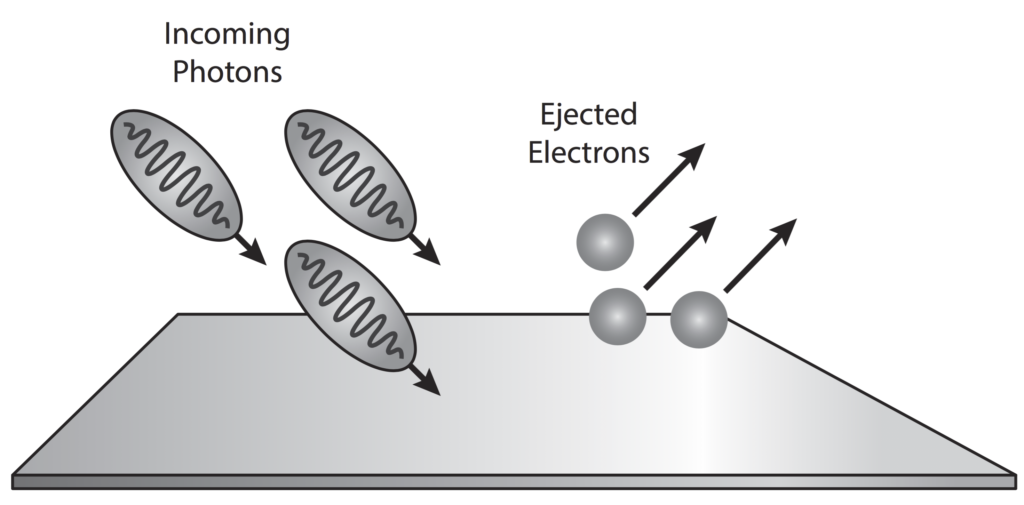Avogadro’s Hypothesis
In 1811, Amedeo Avogadro (1776–1856) (born Lorenzo Romano Amedeo Carlo Avogadro di Quaregna e di Cerreto) looked at Gay-Lussac’s results and concluded that when they are at the same temperature and pressure, equal volumes of gas (like two balloons of the same size) contain the same number of “particles.” These particles can be individual atoms, molecules, or even a mixture thereof.

